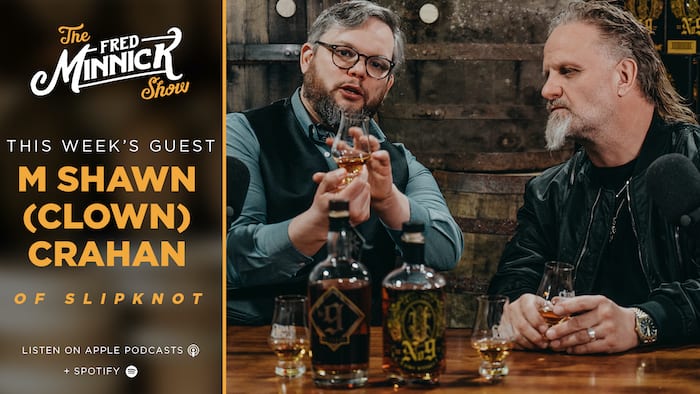

Henry McKenna is a single barrel expression, meaning there’s more variance bottle to bottle than a regular run of bourbon. The author didn’t mean you’ll never track down a bottle, he meant you’ll never try the winning bottle. In a whiskey environment where age statements, distilling information and transparency are fading, it was a Goldilocks of sorts.Ī few days after the initial groaning had quieted, a post published on Breaking Bourbon began with, “And then there was one…and you’ll probably never taste it.” Thirty-five dollars at retail gets you Bottled-in-Bond, single barrel, 10-year-old juice that’s distilled and aged by one of the country’s most storied and reputable spirit makers. It’s a widely distributed bourbon that, until last month, could be found just about anywhere for under $40. Henry McKenna Single Barrel is different. (The last readily available winner was Highland Park’s 12-year-old single malt, which goes for about $50 at the right store). Since 2008, every whiskey to win “Best in Show” at SFWSC has been either extremely limited or extremely expensive. In past years, this wouldn’t have mattered.

Bottles that win big at competitions like SFWSC trigger a run on the banks - liquor stores flood with bottle hunters, stocks run low and prices rise. Every post, tweet, story and forum announcing the historic win was followed by a string of commenters asking, But why my bourbon? They were right to be concerned. Interviewed Tuesday, Minnick said one bourbon he's featuring specifically for this western Pennsylvania event is distilled and produced by Terry Bradshaw, the Pittsburgh Steelers hall-of-famer.īradshaw Kentucky Straight Bourbon recently took silver-medal honors at both an Oklahoma competition, and a separate Blind Bourbon hosted by Minnick.On March 24, San Francisco World Spirits Competition (SFWSC) judge and whiskey writer Fred Minnick announced to the world that a $35 bourbon, Henry McKenna Single Barrel Bourbon, had won the competition’s most prestigious award: Best in Show, Whiskey. Once coached through the sensory training, participants will move on to a flight of five bourbons, not being told which brands they are sampling. "The reaction people have when doing a shot is, 'Oh, that burns,' or, 'Hey, that's smooth,' but if you actually taste it and put a little on your palette it's a different experience," Minnick, the senior contributor on spirits for Forbes, and founding editor-in-chief of Bourbon+ Magazine, said. Minnick instead will guide guests into sipping that charcoal-filtered, 80 proof whiskey that meets official requirements of a bourbon, and is sold as such in Pennsylvania liquor stores.

Participants won't be downing these Jacks diluted by Coca-Cola, or gulped with gusto out of a shot glass.


 0 kommentar(er)
0 kommentar(er)
